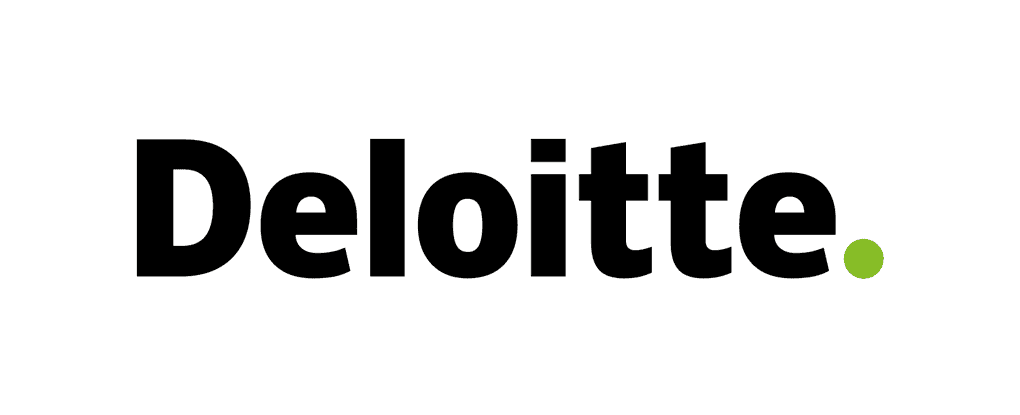
Getting Big Value out of Big Data
Brought to you by Deloitte Consulting


If my bank calls me, I brace for bad news. It shouldn’t be that way.
Banks are considered leaders in data analytics-most have been at it a long time, have a lot of data and know a lot about their customers. But some banks aren’t actually doing a great job of translating data analytics into better customer service and smarter relationship development, or even taking advantage of opportunities to monetize data.
My bank has more data about me-salary, mortgage, purchases, FICO score, family birthdays, how much I spend and save, where I vacation, live and work-than any other single entity, and certainly enough to make some great proactive suggestions. But I never get that call offering special services for my kid who’s going off to college.
A great banking relationship should be about delighting the customer. More and more, that means using analytics to anticipate customer needs, flag (and fix) patterns that precede complaints, and deliver experiences that exceed customer expectations. Banks should consider watching and learning from my social, location and digital interactions: As the wheels of my plane touch down in Hawaii, a coupon for my favorite local restaurant should pop up in my mobile wallet app. Many customers now expect this level of anticipation of their interests–enabled by data analytics-and if you can’t deliver it, loyalty may not keep them with you. Banks that up the ante on data analytics will be able to attract and keep customers. Banks that don’t step up likely won’t be able to compete with innovators and retailers that consistently deliver personalization.
Many banks are also missing a huge opportunity to monetize data. No one likes receiving unsolicited offers that miss the mark, but when information is targeted and presented appropriately, it can be something customers actually appreciate knowing about. Banks have the opportunity to deliver a privacy-compliant data feed to retailers, to enable targeted marketing and higher customer satisfaction.
The great news is that analytics technology is good and getting better. Advances in distributed data architecture, in-memory processing, machine learning, visualization, natural language processing and cognitive analytics can help banks gain and deliver personalized, granular insights.
Cognitive computing-training computers with machine learning and process automation techniques to enhance human decision making-can analyze massive datasets in a variety of data types, including numbers, text, images and speech. Tasks traditionally performed only by humans can now be accomplished with less direct involvement, such as evaluating credit risks, fraud detection, loan application processing, collateral lien search or making real-time recommendations. For example, the CFPB, OCC, Fed, and FRBNY have required larger institutions to data mine complaints to check for any high-risk incidents that were not escalated properly. Using advanced machine learning techniques, including speech and text analytics, banks can now search for regulatory terms and consumer protection requirements to identify regulatory risks and look for patterns in complaint escalation. Cognitive solutions can also help customers develop sound financial habits through their bank’s mobile app. Clinc’s Finie is a voice-enabled digital assistant that can check spending against budgets and habits, transfer money between accounts and retrieve historical statements.
Advanced analytics also enable more engaging customer experiences that reflect each customer’s profile, habits and situation in that moment, so when a client reviews investing forums for impacts of geopolitical events, a wealth manager can deliver a personalized scenario risk analysis from the investment office. The message could also include an option to request a meeting with a financial advisor. For banks, it’s time to make the crucial shift from insight into action, using cross-channel analytics to drive new messaging and behavioral analytics to deliver targeted offers and in-bank personalization. Luckily, the technology is there to help you take it to the next level.
To harness the full potential of data and analytics at scale, banks will likely have to invest in sustained programs that are truly embedded in business processes and culture-industrialized analytics that are woven into the DNA of the organization. It requires a serious commitment to the vision of insight-driven customer service, business strategy and risk management, as well as a serious investment in talent, data management, analytics and infrastructure for repeatable results and scale. Executing well has the potential to achieve remarkable gains in customer satisfaction, cross selling, complaint reduction and efficiency, all key levers for becoming a more efficient, nimble and profitable bank.

